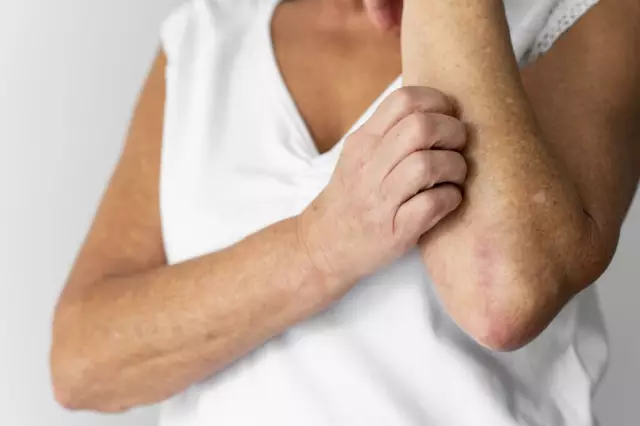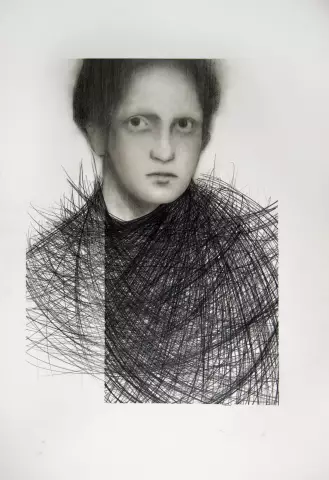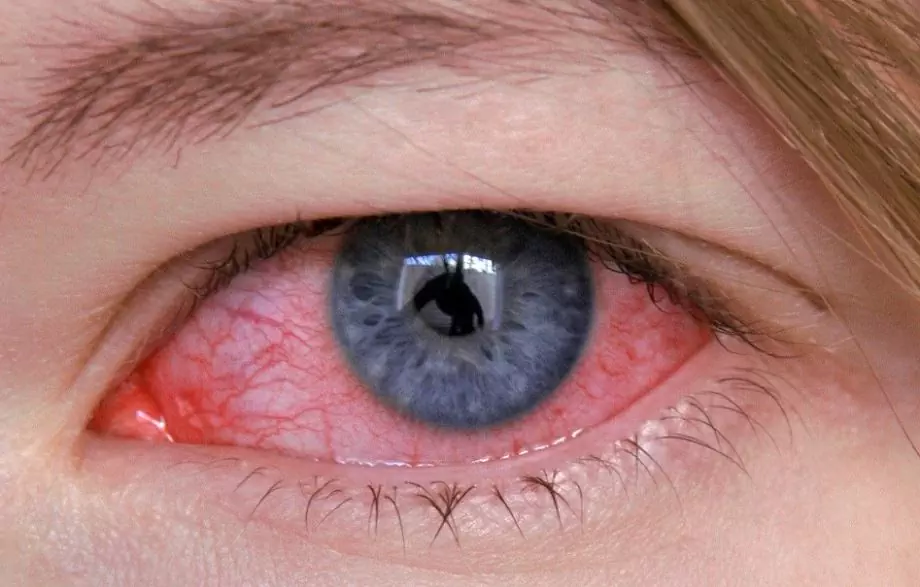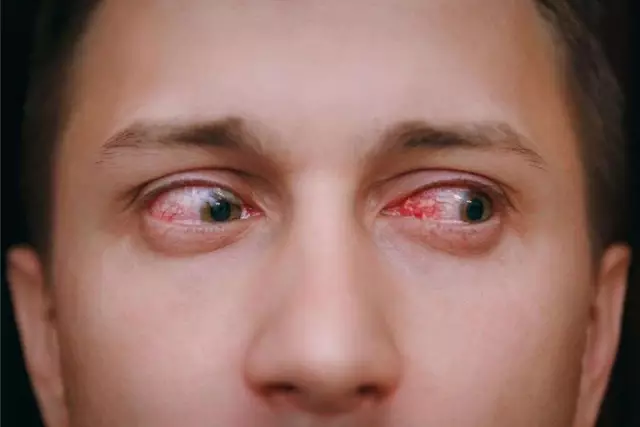- Author Rachel Wainwright [email protected].
- Public 2023-12-15 07:39.
- Last modified 2025-11-02 20:14.
Erythrasma
Brief description of the disease

Erythrasma is a skin disorder caused by the bacterium Corynebacterium minutissimum. The disease affects the top layer of the skin, without spreading to hair and nails. If the skin is examined under a Wood lamp, the affected areas will be red in color. Most often, erythrasma affects men.
The causes of erythrasma
The main causes of erythrasma are considered to be increased sweating, a change in the normal pH of the skin to the alkaline side, maceration, mechanical damage to the skin, constant stay in a warm and humid room.
The causative agent of erythrasma can live on the skin for a long time, but under conditions favorable for bacteria, the development of the disease begins.
Erythrasma is a contagious disease that can be transmitted through the household, when using other people's personal hygiene items, on the beach, in the pool, as well as through sexual contact with a patient or carrier of the infection.
Erythrasma symptoms
Due to the peculiarity of the structure of the skin and increased sweating, erythrasma is more common in men. The main localization of the disease is skin folds. Here the most favorable conditions are created for bacteria: humidity and high temperature. The favorite habitat of bacteria is the inner thighs, armpits, groin. Erythrasma occurs in the interdigital folds, on the foreskin of the penis, in the folds of the abdomen. In women, erythrasma may appear under the mammary glands. Erythrasma is more common in older people.
The disease manifests itself in the form of spots with clear boundaries, the color - from red with a brown tint to yellow-pink. The size of the spot can vary from subtle dots to a few centimeters. The spots are round. The edge can be more intensely colored. The spots can coalesce to form large lesions. With the development of erythrasma, peeling of the skin is observed.
Erythrasma may not manifest itself in any way, and the patient may notice spots on the body quite by accident. When a secondary infection is attached, itching and soreness are possible at the site of the lesion.
Erythrasma can take on a chronic form with periods of remission and exacerbation. Most often, the disease worsens in the summer, since at this time of the year the most favorable conditions for the reproduction and vital activity of bacteria are created.
Diagnosis of erythrasma
Erythrasma is diagnosed on the basis of examination of the patient and transillumination of the affected areas under a Wood lamp. Under the rays of this lamp, the affected areas have a coral red hue due to the release of water-soluble porphyrins by the bacteria. It should be remembered that before diagnosing erythrasma using a Wood lamp, you should not wash or treat the affected areas with anything, since the coloring pigment that microorganisms secrete can be washed off.
Inguinal erythrasma can be determined by the characteristic protrusions along the edges. At the same time, maceration is observed on the skin, inflammation, bubbles appear.
Inguinal erythrasma must be separated from groin rubromycosis. Symptoms of the disease are similar, but with rubromycosis, the edges are intermittent, and the inguinal erythrasma has a continuous edge of the lesion.
Erythrasma treatment

For the treatment of erythrasma, disinfectant ointments are used, such as erythromycin or sulfur-tar.
Treatment of erythrasma with ointments lasts seven days, during this period it is necessary to rub the ointment into the affected area twice a day. When an infection is attached, lesions can be treated with 5% salicylic alcohol or 2% alcohol tincture of iodine.
If the disease has an extensive area of damage, erythrasma is treated with antibiotics.
To achieve the best effect in the treatment of erythrasma, it is recommended to sunbathe in the sun or carry out ultraviolet irradiation. They help dry the skin and heal faster.
When erythrasma is detected, all bedding, towels and clothes used by the patient must be disinfected. During the treatment of erythrasma, the clothes worn by the patient must be washed and ironed with a hot iron every day.
To prevent re-infection, every day for a month after recovery, it is necessary to treat the skin folds with 2% salicylic alcohol and sprinkle with talcum powder.
Prevention of erythrasma
Prevention of erythrasma includes compliance with all hygiene standards, daily hygiene procedures, thorough wiping of skin folds after taking a bath or shower.
An important factor in the prevention of erythrasma is the prevention of sweating. To do this, you must wear clothes made from natural fabrics, use antiperspirant deodorants, and also monitor the hygiene of skin folds. When buying new clothes, wash them before wearing them.
YouTube video related to the article:
The information is generalized and provided for informational purposes only. At the first sign of illness, see your doctor. Self-medication is hazardous to health!






